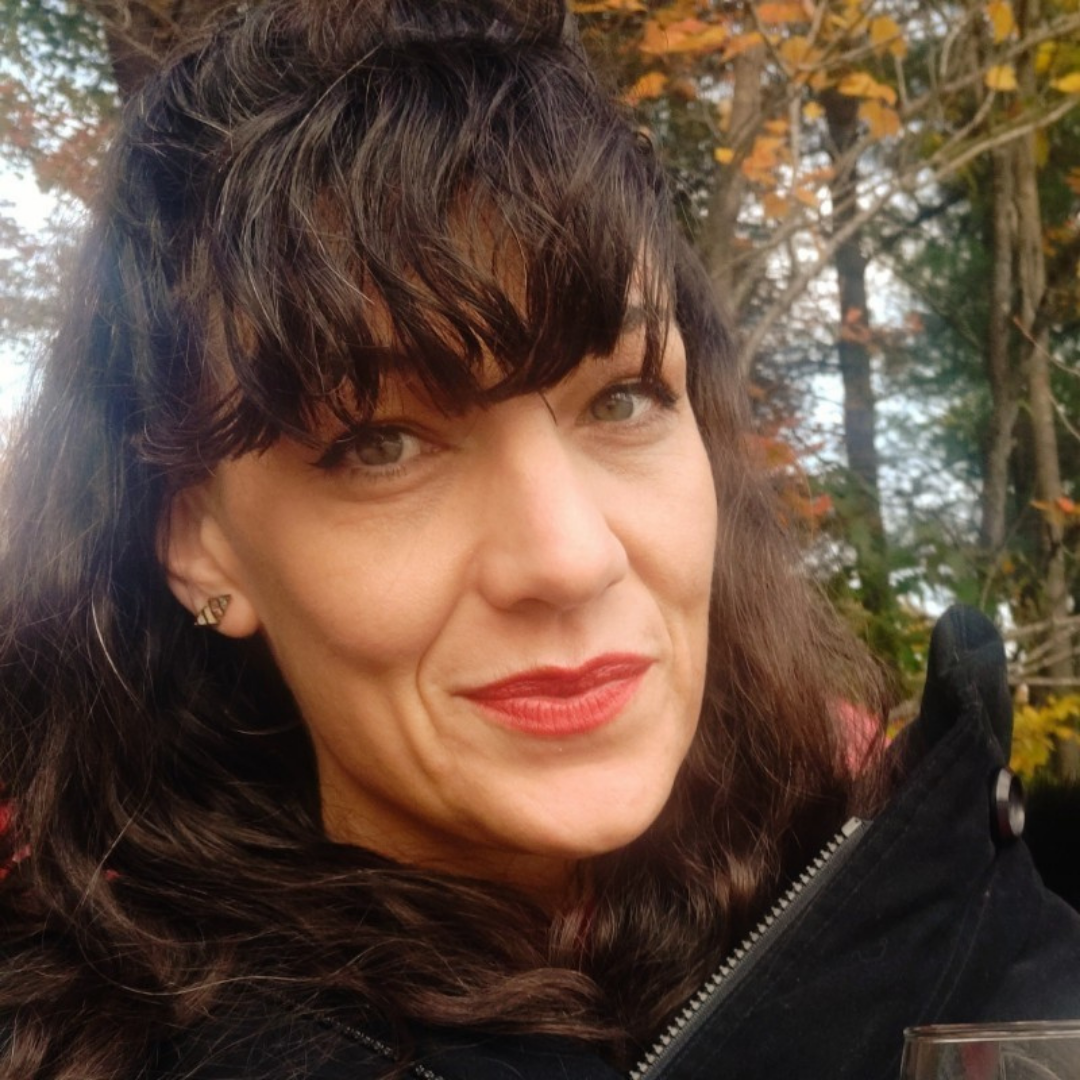During the webinar – Making the Case for Arts-Based Engagement with Hiba Abdullah and Chris Pandolfi – a number of questions were asked about how to involve youth authentically, how to shift funding expectations, and whether the arts can be used for internal organizational processes? Here are the responses to those questions.
Q. Have you worked directly with youth for arts-based projects? What is important and what have your learned?
DoUC: Absolutely, yes! We’ve worked with youth on a number of past projects. A great example is a project we designed in partnership with Humber Galleries called mAPPing the territory. We were thrilled to be paired with a fantastic group of youth through Pathways to Education, and we developed a program to have them participate in a series of workshops that helped them think about both their digital and physical realities. The final outcome was a really great digital exhibition at the gallery space in Humber College that showcased the content they created and some of the processes they went through.
One thing we feel is key to working with youth is coming to the table with a flexible structure that can be easily adapted based on how the group, and the individuals, feel on any given day. Depending on how they react to what you’re doing, the process needs to be able to change. It's important to let them know from the outset what the goals and outcomes are and to keep them visible throughout the process so the group knows what they’re working towards and they understand why they’re doing things.
We always try to allow for space for youth to share their experiences and be taken seriously, and for those experiences to be incorporated into the project so they see themselves in the work. We design activities that can engage with youth around complex ideas and problems by using language and communication they can grasp, and it often allows them to come up with fantastic ideas that are beyond what most adults might think of.
Overall it’s important to take youth seriously and to show them that—make them feel their ideas and opinions are valued and that you’re not treating them like 'kids'.
Q. What is the key thing that needs to change with funding bodies to enable arts-based engagement?
DoUC: There needs to be an understanding that community-based projects often don't work in the timeframes that most funding is constrained by. Working with communities and the public, letting them drive the work, means you need to be ready to adapt and build in a lot of flexibility....and that includes project timelines sometimes.
“If you want to allow the community the freedom to make something that comes from their values, their experiences, and their hearts, that includes giving them the freedom to decide what the outcome should be rather than telling them where they need to end up and just allowing them choices rather than creative control.”
– Department of Unusual Certainties
Second, the goals and objectives of the funder that become incorporated into deliverables for a grant don’t necessarily reflect the goals and objectives of the community they're trying to serve with the grant. This can make the process difficult and ineffective. If new goals are identified through working with the community during the process, but there are funder-defined goals that need to be satisfied for a grant, it creates a disruption and becomes difficult to move forward and make a good project.
We've found that what's often missing in the funding opportunities is a consideration for the full life of the project outcomes. When the creation phase ends, what happens if there is no plan (or process to create a plan) for aftercare beyond the timeframe defined by the grant? It limits the potential for this kind of work to carry meaning and value much further into the future.
And above all else, funders need to stop asking for defined outcomes at the proposal phase of the project if they want it to be truly community-driven. This creates situations of consultation rather than co-design. If you want to allow the community the freedom to make something that comes from their values, their experiences, and their hearts, that includes giving them the freedom to decide what the outcome should be rather than telling them where they need to end up and just allowing them choices rather than creative control.
Q. In responding to funders needs, how do you capture everything else—benefits, outcomes, ripple effects, etc.—outside of the #s:
DoUC: We encourage clients and partners to build in ways to continue engagement with communities after the defined project is finished, using creative or discussion-based activities to ask questions about how people feel about the process, about using or interacting with the thing that was created, and about continuing relationships into the future.
Measuring qualitative impact is difficult but it can be really useful to capture these more intangible aspects through stories—it makes it easier to understand and to share, and for others to connect with. It's also important to build in points in the process to capture how and where the same qualitative facets started, how people were feeling at the beginning of the process so that there’s something to compare with when you reach the final stages of the project.
Q. How can an organization who is engaging community members and artists to give feedback on their own organizational processes and policies on an ongoing basis, best support the artists/members being engaged? What are good methods for checking in and navigating when members leave the process? What do we need to be aware of and considering?
DoUC: We feel (just in general) that it's good practice to involve community members in your strategic planning process for your organization. Doing this allows you to use insights from participants to create checkpoints and methods for feedback that actually suit the community, rather than creating points of feedback based on your own assumptions. This helps you to avoid finding out too late they don’t work!
Also always consider people’s time—that there’s a value attached to that, and to their expertise and advice that they’re sharing with you.
Check back again soon as Tamarack will be sharing a case study about how including artists can shape internal practices for the better.
Learn more:
- Learn more about the Department of Unusual Certainties
- Watch the webinar Making the Case for Arts-Based Engagement





